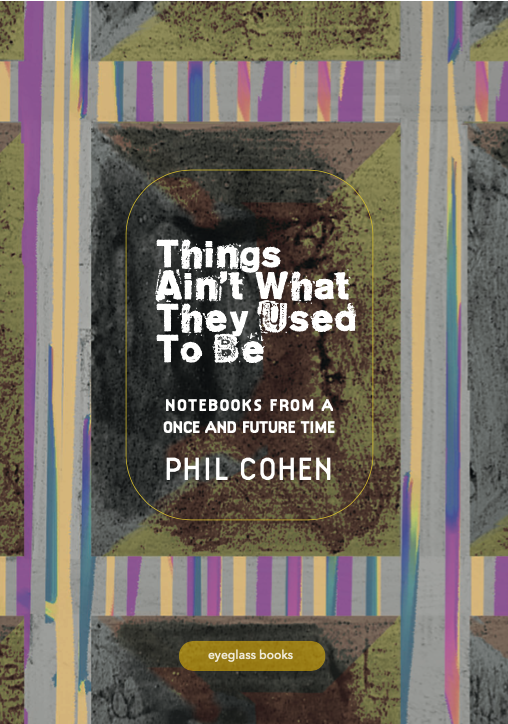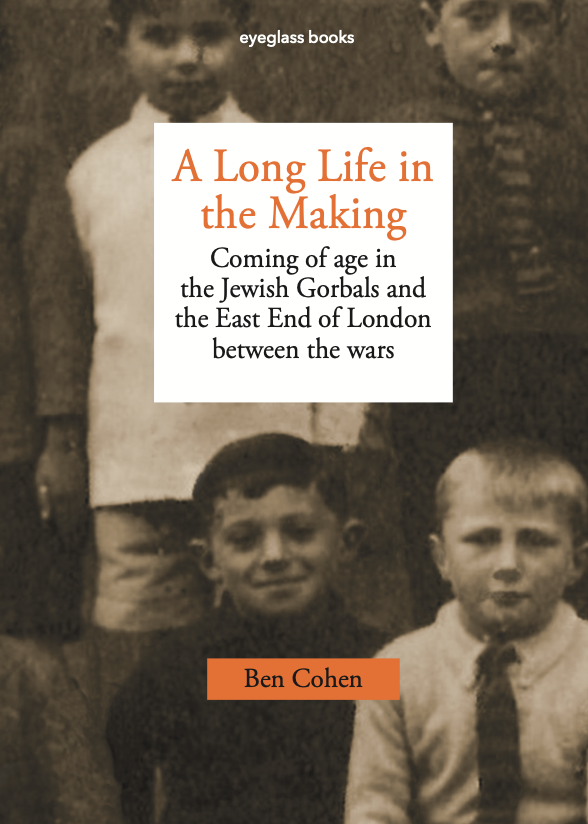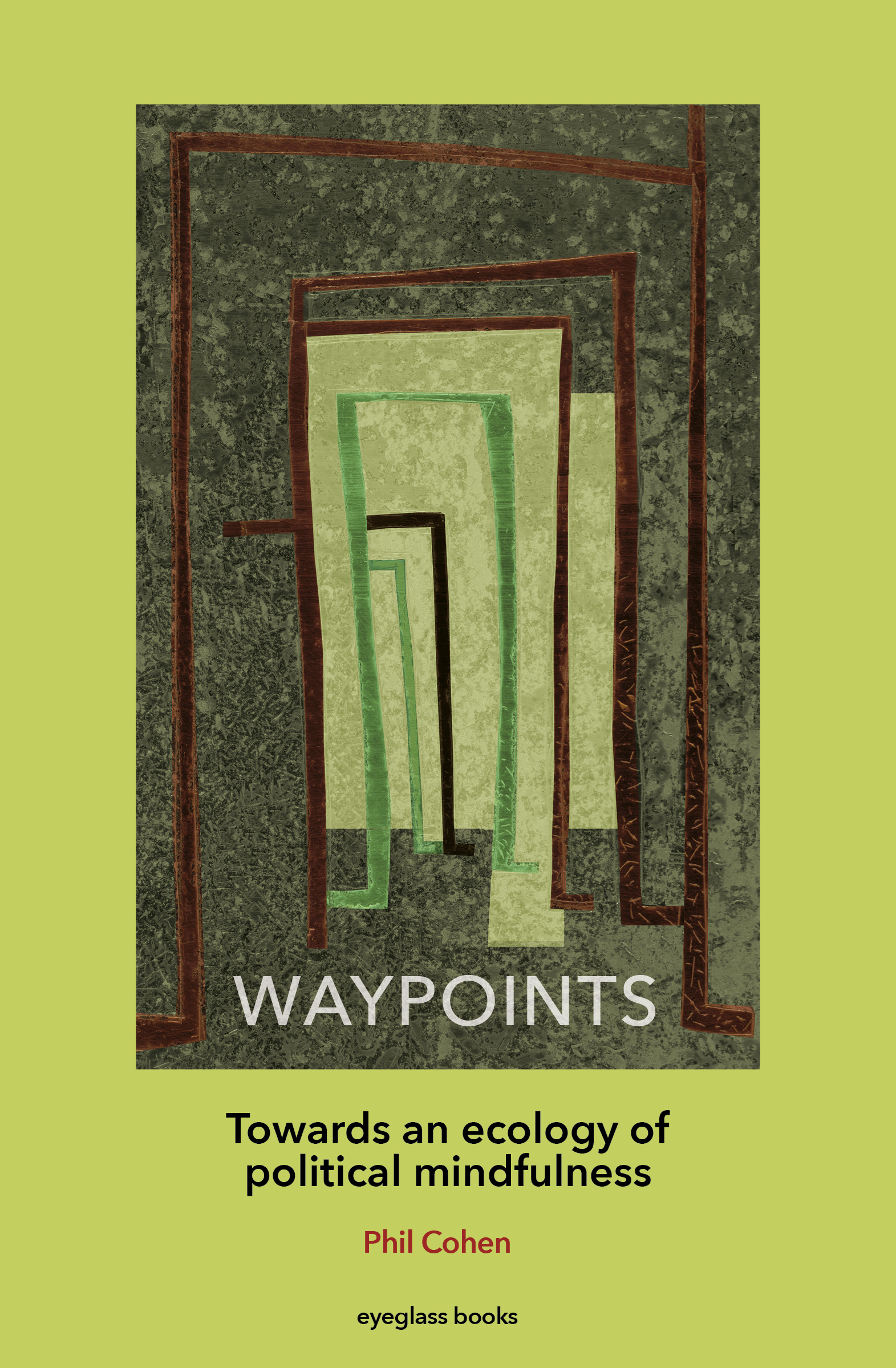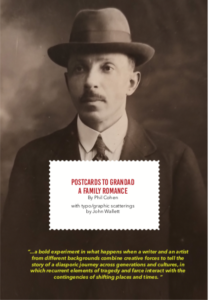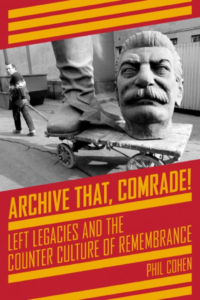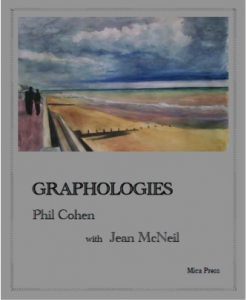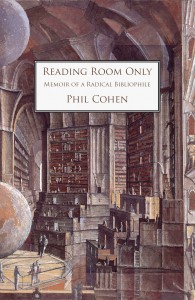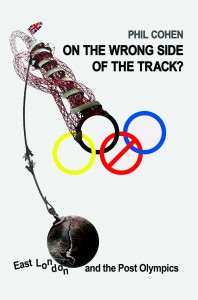I recently had a dream in which I was lost in a city which was familiar- I recognised several landmarks – but also strange in that its buildings had all been painted in garish day-glo colours. Many had giant graffiti sprayed on them depicting grotesque characters and scenes from comic books. As I wandered around the streets, at once enchanted and bewildered, I came across an atlas housed in a specially constructed kiosk. I felt overjoyed at the prospect of at last being able to find out where I was. When I opened the book it was a black and white street plan on which were located a number of ‘pop up’ buildings, one of which I recognised as being the block of flats where I had grown up. On closer inspection the street plan turned out to be an underground map of the city, showing a network of tunnels, sewers and subterranean rivers.
Like many children I was fascinated by ‘pop up’ books, whose flamboyant paper architecture gave an added dimension to the story. A lion would spring to life as you turned a page or a bird fly out of a tree. In the dream, however, the contrast is struck between the technicoloured urban environment I am exploring and the monotone map which turns out to depict what is hidden from view, while also giving 3 D life to places to which I have some special attachment.
In this way the dreamscape overturns the conventional relation between map and territory. Maps, are, of course, two dimensional representations of a three dimensional landscape, and, as such, calculated abstractions, however topographically accurate they claim to be. That is why the map is not and never can coincide with the territory. However what interested me about the dream was not just its gloss on the map /territory relation, but the ‘now you see it, now you don’t’ character of its mise en scene and its bearing on what are becoming the reality principles of our economic life.
We are increasingly living in a ‘pop up ‘ economy. There are more and more pop-up shops, pop-up services, pop- up events and pop -up jobs to go with them. Just-in- time production has now spread to the spheres of distribution and consumption. What gives the appearance of dynamic entrepreneurial activity is in fact an extension of precarious work, the permanent casualization of large sectors of the creative and service industries, where zero hour contracts and internships institutionalise the permanent deferral of regular full time work or career structure. Pop up enterprises involve a new form of planned obsolescence; they make the chronic short termism of economic investment seem groovy by creating and catering for short run crazes and thus help maintain the steady state of distraction which is the defining characteristic of contemporary consumerism and the ‘throwaway society’.
A whole set of dispositions is required to function in the pop-up economy, involving the continual reinvention and multiplication of identities, the capacity for ‘flexibility’ in the face of fluctuating and constantly changing patterns of employment, and the mastery of new technologies for the just- in- time production of the self. Imagination has at last come to power under the sign of capitalist productivity.
Despite its own myth of origin in ‘post modernity’, the pop-up economy has not popped up out of nowhere. Its emergence represents both an intensification of tendencies that already existed in advanced capitalism and a shift in the chrono-topology of modernity. In what Bauman has called ‘solid’ modernity the past is what is left behind by the present as it advances into the future as its open horizon of possibility, but which returns or is retrieved as a teleological principle for understanding its progressive unfolding. Linear time and the diachronic order rules OK, and its principle of periodicity, however punctuated by cyclical crises or political emergencies remains relatively stable as a framework of conjunctural interpretation.
In the world of ‘ liquid modernity’ the present is a discontinuous or disorganised series of discrete moments, a chaotic synchronicity disconnected both from a past which never fades but is continually re-presented, recycled, rewritten and a future which is perceived as blocked, occluded, threatening or unimaginable. Under these conditions spontaneity is fetishized and long term planning comes to be seen as a sclerotic hang over from a previous age. You go with the accelerated flow of information, people, and goods, master the technique of the mash-up, join the creative swarm, because it seems to be the only game in town.
Yet capitalist circulation, however remorselessly 24/7 its process, is never frictionless. The concentration of accumulated wealth and power through increasingly de-centered and deregulated circuits of reproduction has created every greater structural inequalities between those who are plugged into the so called ‘network society’ and those who are not. In the age of globalisation, space time compression creates its own edgelands, where new configurations of human solidarity and resistance gain a precarious, and often transient foothold. But we need to be careful about these ‘signs of new times’ which sections of the Left have welcomed uncritically as offering a platform for radical transformation. The new social media may serve as vehicles for pop-up protests, but these movements are no substitute for the organisational infrastructures required to sustain struggles of long duration, and which have been drastically eroded by neo-liberal regimes. The flash mob is not a reincarnation of the worker’s council and the task of consolidating proliferating networks of mutual aid and connecting them into strategic alliances around a democratic politics remains to be accomplished.
The history of pop-up architecture illustrates both the problems and the possibilities of the present conjuncture. Pioneered by the Archigram group in the 1960’s it anticipated much of what was to become the ‘post modern’ turn. Inspired equally by the post war pre-fab and the growth of mobile homes, not to mention the pop art movement, Archigram set out to create a new urban aesthetic which celebrated the improvised and impermanent against the modernist ambition to create a built environment that was impermeable to decay. They designed futuristic cities dominated by rapid transit systems and buildings that were essentially service cores into which a variety of changing environments could be plugged in and removed as and when required. Archigram spawned a host of initiatives, including the development of new technologies for erecting temporary demountable structures, from pop up geodesic domes to inflatable buildings. In the affluent West, music festivals with their multiple stages and tent cities, in the war torn, impoverished East, refugee camps and shanty towns have born witness to the utility of this nomadic architecture.
Yet despite the vast difference in material circumstance, globe trotters and slum dwellers, economic migrants and refugees persist in defining home in terms of some kind of enduring dwelling space. Those who are, for whatever reason, threatened by displacement, tend to develop an overwhelming desire to put down roots. The attachment to place as a memoryscape can take many forms, from irredentist claims on national territory and NIMBYism to the creation of imagined communities and invented traditions around particular historical events; but the impulse itself seems relatively immutable. So too is the drive to arrest the chronic wearing away of hope by mobilising defences against the passage of time through the medium of ritual and routine.
The architecture of my dream with its bizarre juxtaposition of the strange and the familiar, the transient and permanent, seems like a depiction of the pop-up economy in the idiom of what Freud called ‘ the other scene’. Perhaps it is no coincidence that I am currently working on a series of projects designed to create an alternative narrative for Olympic Park: home to the 2012 moveable feast that has been burdened with the task of creating a permanent legacy. Previous Olympics Parks have born eloquent testimony to the transitory impact of the mega-event in regenerating host cities. Only time will tell whether London will be different.
